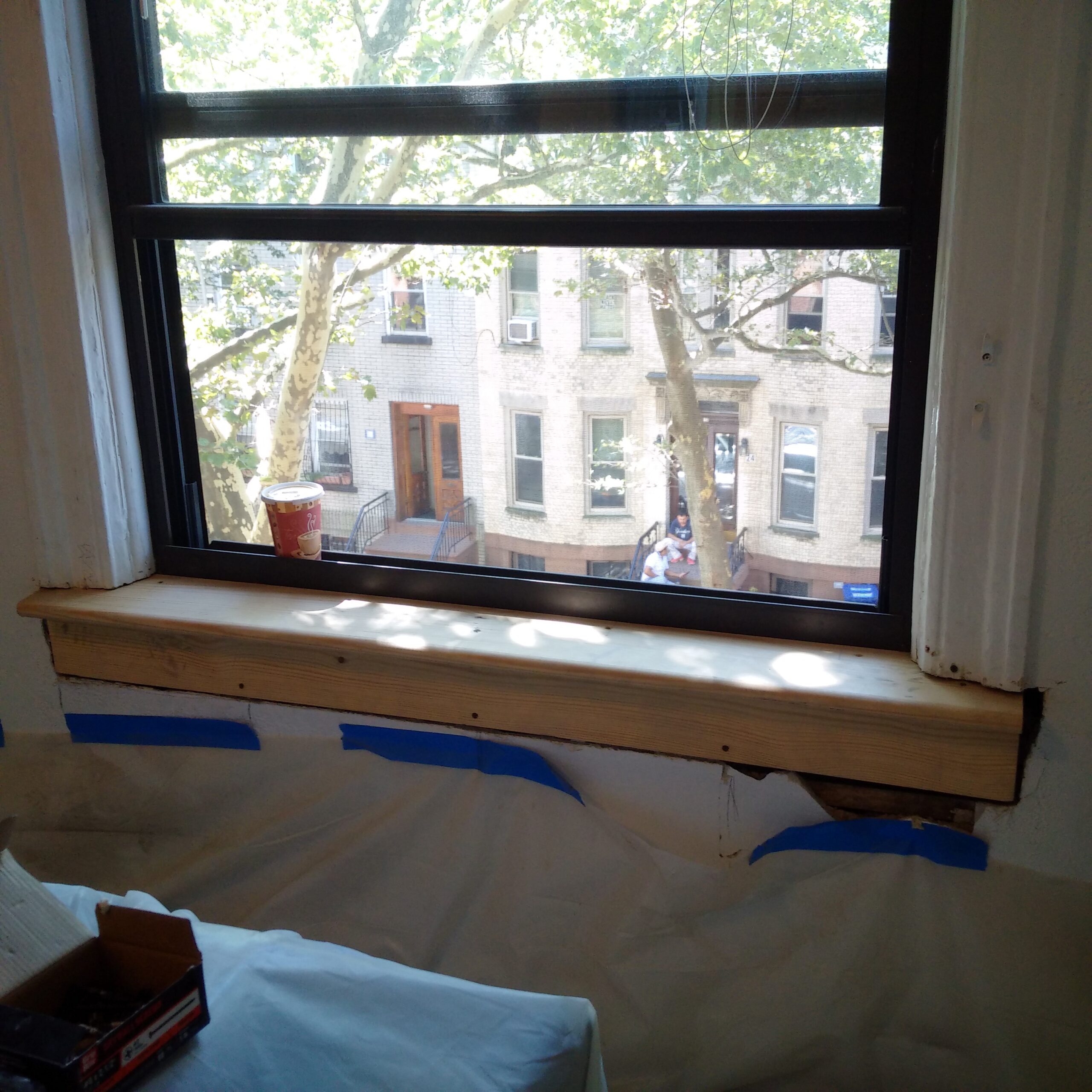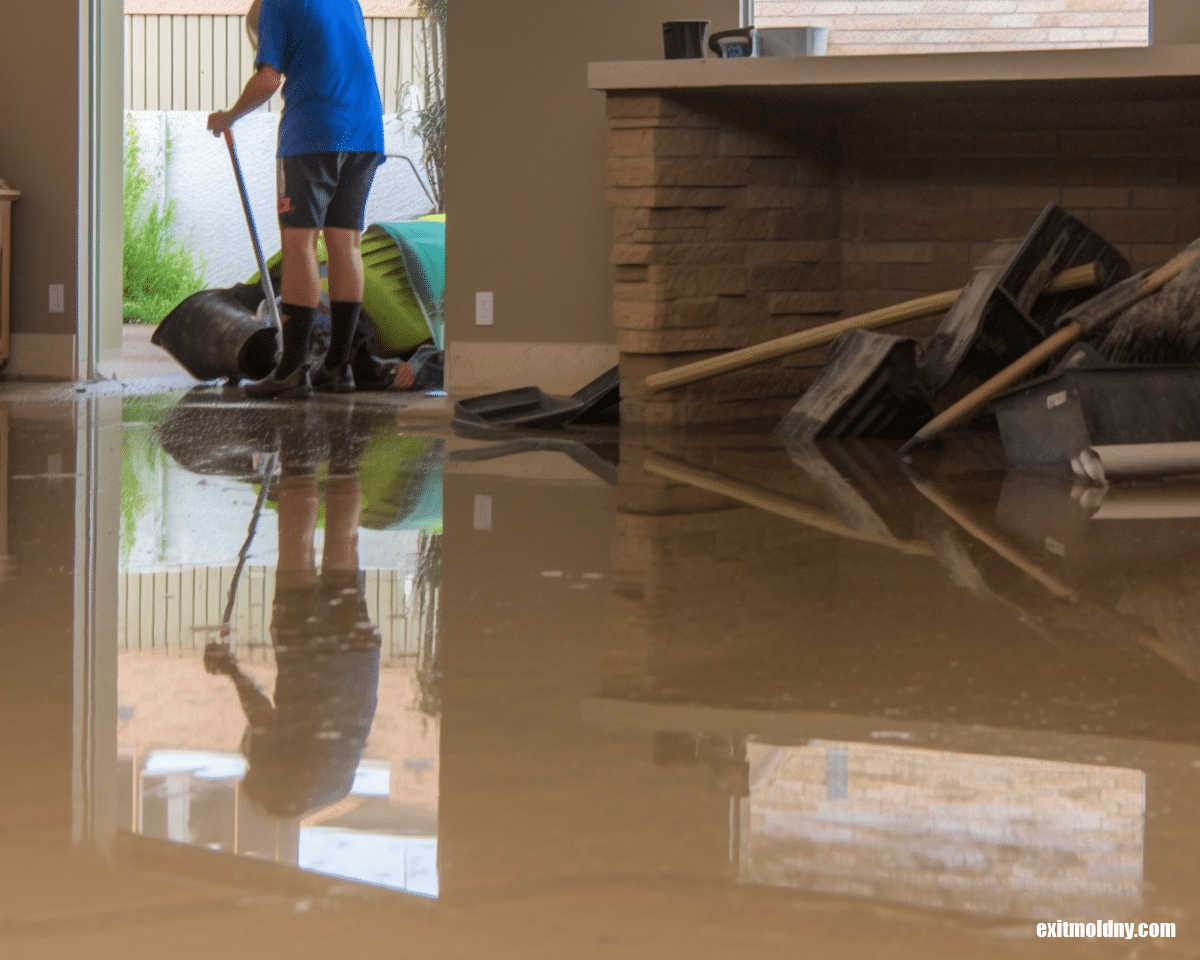Dependable DOH & HPD Lead Violation Removal in NYC-- Protect Your Building
Dependable DOH & HPD Lead Violation Removal in NYC-- Protect Your Building
Blog Article
Step-by-Step Process for Successful Lead Infraction Remediation
Resolving lead infractions demands a thorough and structured approach to ensure both security and governing compliance. The journey starts with the precise discovery and evaluation of contamination sources, making use of sophisticated diagnostic devices. Following this, adherence to federal and state policies is paramount to formulating a reliable remediation strategy. Such a strategy should detail the certain approaches and timelines for activity. The actual remediation calls for skilled workers to execute these strategies while purely following safety and security protocols. What occurs after the remediation is finished? The solution lies in recognizing the necessary post-remediation techniques that guarantee long-lasting safety and neighborhood wellness.

Discovery and Analysis
Discovery and assessment are essential actions in the removal of lead offenses. To make certain a reliable removal procedure, it is necessary to carry out a complete exam of the environment where potential lead direct exposure exists. The preliminary stage of detection includes recognizing sources of lead contamination, which can be discovered in paint, water pipes, soil, and dirt. Utilizing sophisticated analysis devices such as X-ray fluorescence (XRF) analyzers and atomic absorption spectroscopy (AAS) can offer exact measurements of lead concentrations.
As soon as discovery is completed, a thorough analysis needs to be embarked on. This consists of reviewing the level and extent of contamination, in addition to determining populations in danger, especially children and pregnant females. Risk evaluations often include sampling and laboratory analysis, ecological surveys, and health influence research studies. The collected data should be thoroughly recorded to support the development of an effective remediation technique (Lead Violation Removal in NYC).
In addition, it is imperative to prioritize areas with the highest degree of contamination and those that position the best health and wellness threats. Efficient communication with stakeholders, including homeowner, citizens, and public health authorities, is essential for making sure that all parties are informed about the findings and the succeeding steps needed for removal. This preliminary detection and evaluation phase prepares for an effective lead violation remediation procedure.

Lawful and Governing Conformity
Browsing the landscape of lawful and regulatory conformity is a critical aspect of successful lead violation remediation. Compliance makes sure not just the safety of damaged populaces however also the reliability and lawful standing of the organization responsible for remediation. Rules controling lead contamination are diverse, including government, state, and neighborhood legislations. At the federal degree, the Epa (EPA) establishes rigid requirements under the Toxic Materials Control Act (TSCA) and the Lead-Based Paint Remodelling, Repair Service, and Paint Guideline (RRP Regulation)
State and neighborhood policies can vary, often imposing extra obligations or even more rigid criteria. A comprehensive understanding of all appropriate legal structures is crucial. This involves precise documents of all removal tasks to demonstrate conformity. Failing to comply with these guidelines can result in serious penalties, consisting of hefty fines, lawsuit, and reputational damage.
Engaging legal specialists specialized in environmental regulation can facilitate navigating these complexities. Routine training and qualification for all employees included in the remediation process are additionally required to ensure adherence to safety and regulative standards. By focusing on lawful and governing conformity, organizations can effectively minimize dangers and achieve an effective remediation see result.
Planning the Remediation
Properly preparing the remediation of lead offenses begins with a detailed evaluation of the contaminated my blog website. This data-driven technique makes certain that remediation initiatives are appropriately targeted and efficient.
When the contamination is mapped, a threat assessment should be conducted to assess potential health dangers to humans and the environment. Lead Violation Removal in NYC. This evaluation should consider elements such as exposure pathways, population vulnerability, and ecological impacts. The insights collected will certainly develop the basis for choosing a suitable removal technique
Consequently, setting clear, attainable objectives for the removal project is important. These objectives ought to straighten with regulatory criteria and stakeholder assumptions to make sure conformity and neighborhood approval. Creating a comprehensive removal plan that details approaches, timelines, and resource allowance will promote an organized technique to the cleanup process.
Additionally, it is crucial to engage with stakeholders early and maintain transparent communication throughout the preparation phase. This includes notifying neighborhood neighborhoods, acquiring required licenses, and collaborating with regulative firms to ensure all lawful and procedural requirements are fulfilled. A well-crafted removal plan not only resolves the contamination properly but also develops count on and participation amongst all parties entailed.
Implementing the Remediation
With a well-structured removal strategy in location, the emphasis moves to the actual implementation of the remediation activities. This stage involves activating the essential sources, including knowledgeable personnel, specialized tools, and top notch products. Begin by clearly defining roles and obligations to guarantee liability and seamless control among staff member.
The preliminary action in implementation is to protect the site. This consists of establishing up containment areas to prevent lead dirt and particles from dispersing, in addition to employing air purification systems to maintain air high quality. Next, continue with the removal of lead-based materials. Utilize methods such as damp scratching, chemical removing, or encapsulation, depending on the severity and area of the contamination. It is essential to stick to security procedures, including the usage of personal safety tools (PPE) and proper disposal of dangerous products.
Throughout the remediation process, conduct regular assessments and air quality keeping an eye on to make sure conformity with regulative requirements. Efficient communication with stakeholders, consisting of homeowner and owners, is essential to keep them informed of progress and any type of unanticipated developments. By thoroughly following these steps, the removal tasks can page be executed successfully and effectively, ultimately mitigating lead hazards.
Post-Remediation Techniques
Post-remediation strategies play an important role in ensuring the long-lasting success of lead offense remediation efforts. These techniques incorporate continuous surveillance, maintenance, and community education and learning to avoid future lead exposure and make certain a risk-free setting.
First, normal monitoring is necessary. This involves periodic testing of the previously affected areas to guarantee that lead degrees continue to be within risk-free limits. Residential property owners should establish a timetable for these tests, ideally in partnership with qualified environmental specialists.

Third, enlightening the community plays a crucial role in maintaining the advantages of remediation. Citizens and residential or commercial property managers should be educated concerning the risks of lead direct exposure and the best techniques for preserving a lead-safe setting. Workshops, educational pamphlets, and community conferences can be efficient devices for disseminating this details.
Verdict
Successful lead offense remediation requires an extensive, organized strategy incorporating discovery and analysis of contamination, adherence to lawful and regulative criteria, thorough preparation, and effective execution of removal initiatives. This methodical procedure emphasizes the relevance of thoroughness and vigilance in addressing and reducing lead contamination.
Report this page